How Trump's tariffs were honed in final hours before rollout
Published in Political News
WASHINGTON — President Donald Trump’s trade salvo was years in the making. The details came down to the final moments.
Hours before Trump announced his signature tariff plan, aides were still rushing to hone key elements, including its size and scope as well as how to sell it to the American public and communicate some of its chief objectives.
Critical decisions about the duties’ structure went down to the wire, even as steel and auto workers were being summoned to the White House Rose Garden for their unveiling.
For a policy Trump championed for months on the campaign trail and vowed to implement quickly as the centerpiece of his economic agenda, the messiness of the rollout was inescapable.
At a ceremony Wednesday afternoon, Trump revealed countries’ tariff rates by hoisting a placard in the Rose Garden, only for the administration in official documents published later that night to include higher rates for more than a dozen countries. A display showing the earlier levels was removed from the White House briefing room. But then by Thursday afternoon, the White House released new guidance reverting back to the Rose Garden rates.
Asked Wednesday to explain why countries like Canada and Mexico were missing from the charts, Treasury Secretary Scott Bessent told Bloomberg Television bluntly: “I’m not sure.”
The frenzied developments inside the White House surrounding the most pivotal moment of Trump’s second term added to the confusion and chaos around the world. Foreign capitals and business executives were forced to grapple with how to respond to the biggest U.S. tariff hike in a century, a hammer blow against post-World War II globalization the president has long derided as unfair to the U.S.
Some of the tumult may reflect the fact that the policy was largely shaped by a trusted inner circle willing to enable the president’s impulses. The small group included Commerce Secretary Howard Lutnick and senior counselor Peter Navarro, the latter of whom famously proved his loyalty to Trump by serving a four-month federal prison sentence linked to the investigation of the Jan. 6, 2021 insurrection at the U.S. Capitol.
Largely gone were free traders in powerful positions willing to dissent from and wield influence over Trump’s decisions, as during his first term. While the president tapped experts such as U.S. Trade Representative Jamieson Greer to help execute his policy vision, the basic formula used by the administration to determine the reciprocal rates raised eyebrows across Wall Street.
Stocks melted down on Thursday following the president’s announcement, with about $2.5 trillion erased from the benchmark S&P 500 Index in its worst day since 2020. Some leaders in Europe pushed for aggressive retaliation, while others in Asia kept their powder dry in the hopes of negotiating a tariff reduction.
As the immediate economic fallout came into sharper focus, Trump and his team delivered dueling messages about the opportunity for relief.
The president on Thursday shrugged off the market’s rejection of his plan, saying he thought things were “going very well” and likening his tariff unveiling to operating on a very sick patient.
Aboard Air Force One en route to Florida, where he planned to dine with members of the Saudi-backed LIV Golf circuit, Trump said he was open to reducing tariffs if other nations offered him something “phenomenal.”
The U.S. president stated his willingness to deal hours after some top of his top advisers insisted it was out of the question. Lutnick earlier Thursday dismissed the odds of any breaks, telling CNN the president is “not going to back off.”
Navarro also ruled out talks. “This is not a negotiation,” he told CNBC. “This is a national emergency.”
Trump’s announcement marked the culmination of decades of protectionist talk from a president eager to combat U.S. trade imbalances. It followed repeated campaign vows to impose a universal tariff of 10% and hit China with separate 60% levies. Some market watchers pointed out it was odd that investors were taken by such surprise, given how often Trump foreshadowed his tariff ambitions.
Yet for weeks, top officials huddled with the president on a suite of options, with key advisers at odds over what legal authorities to use and whether to adopt flat tariffs or customized levies. The end result was a hybrid, featuring an unorthodox method of calculating reciprocal duties based on nation’s trade surpluses with the U.S., rather than a precise measurement of their tariff and non-tariff barriers as Trump officials had promised.
The late deliberations over the details left little time for massaging talking points with key political allies or even calming Republican lawmakers’ concerns, much less diplomacy designed to soften the blow with foreign leaders now threatening retaliation.
Sen. Jerry Moran, a Kansas Republican who represents an export-dependent farm state vulnerable to retaliatory tariffs, said Thursday he had expected “a more modest approach,” with “more targeted tariffs” focused on nations “taking advantage of us.”
Other Republican senators this week rebuked Trump by siding with Democrats to support a measure that, if adopted, would have terminated the president’s previous tariffs on Canada. And as markets tumbled Thursday, a bipartisan group of senators — including Republican Chuck Grassley of Iowa — introduced legislation that would require congressional approval of new tariffs.
Trump’s pivot to a so-called reciprocal approach — with other nations’ barriers to U.S. goods matched in kind — had previously calmed some Republicans’ nerves. Trump himself said he gets fewer private complaints about trade policy when he frames it as a matter of fairness.
But the president’s broad auto tariffs last week flew in the face of that, stirring anxiety about what was to come. That global car tariff didn’t represent reciprocity, Larry Kudlow, Trump’s first-term National Economic Council director, said on his Fox Business program. “I do worry that the trade policy is a little unpredictable right now,” Kudlow confessed.
Even as the White House sought to amplify support for the plan, some of its examples came from industries celebrating being left out of it.
An email circulated by the White House Thursday afternoon titled “Support Grows for President Trump’s America First Reciprocal Trade Plan” included statements from industry groups representing oil and gas producers and homebuilders thanking the president for exempting some energy and lumber imports.
Several of Trump’s tariff goals are on a long-term collision course. For example, the president wants to raise billions in funding from tariffs but also re-shore manufacturing that would, over time, reduce reliance on imports and whittle that revenue.
Trump has also promised a flood of jobs to forgotten U.S. communities. But when asked about how companies can remain competitive in higher-wage America, Lutnick on Thursday said robots, not human workers, could build Apple Inc. iPhones on U.S. soil.
(Stephanie Lai, Jordan Fabian, Skylar Woodhouse and Annmarie Hordern contributed to this report.)
©2025 Bloomberg L.P. Visit bloomberg.com. Distributed by Tribune Content Agency, LLC.
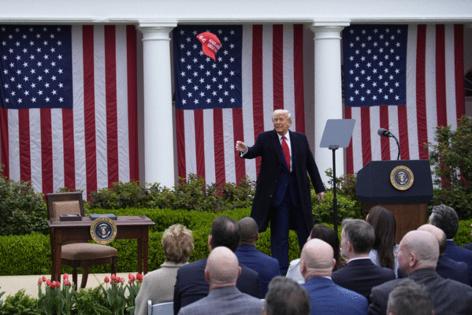

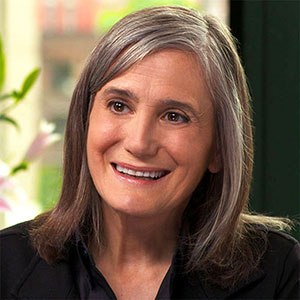
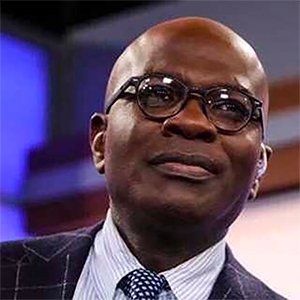
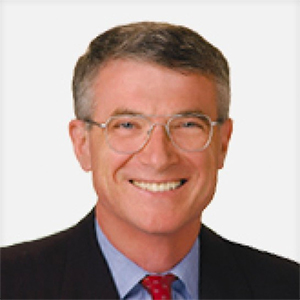

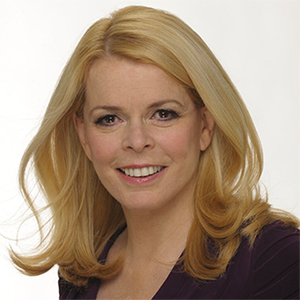
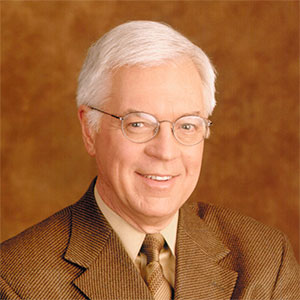

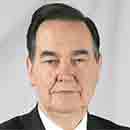

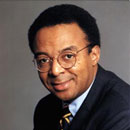



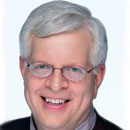

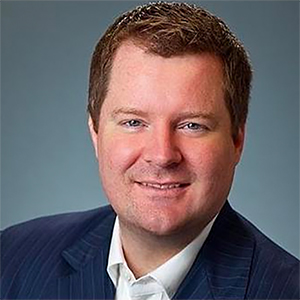
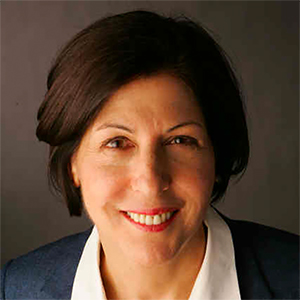

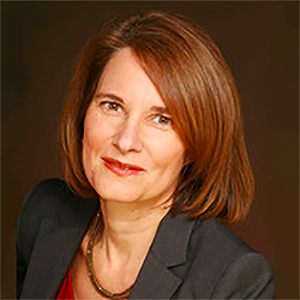
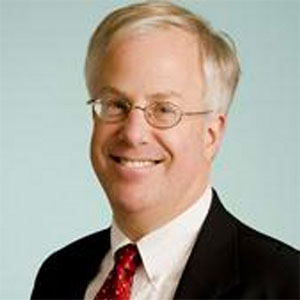

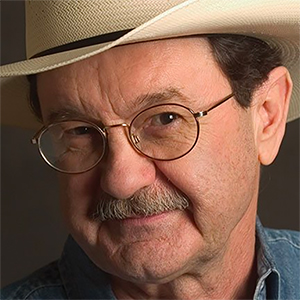
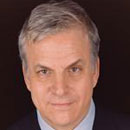
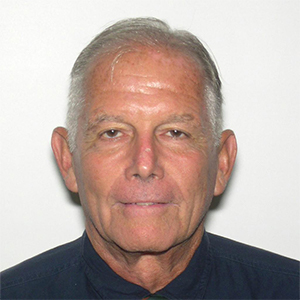
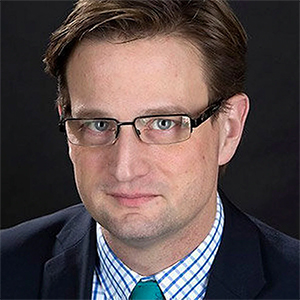
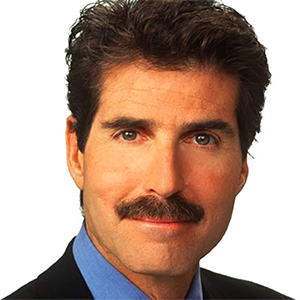
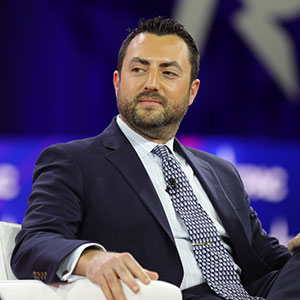
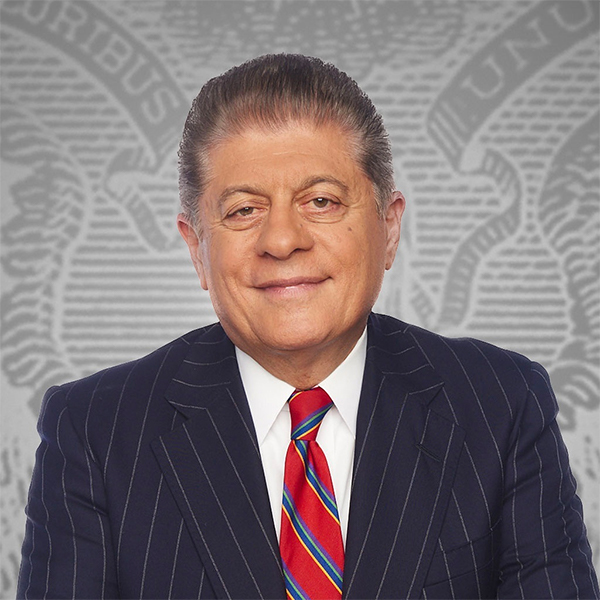
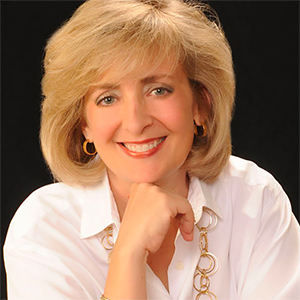

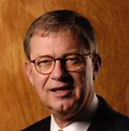
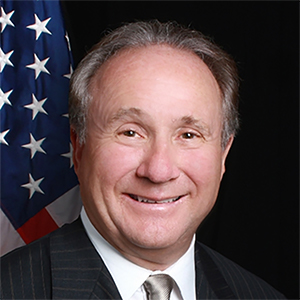

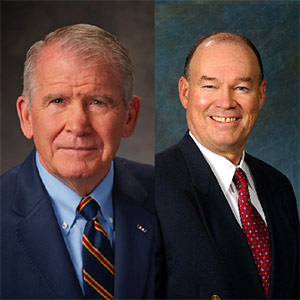
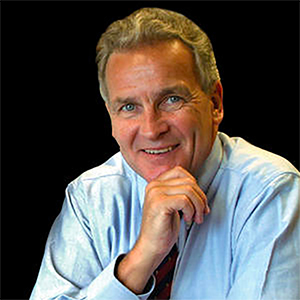

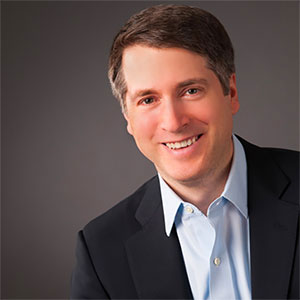
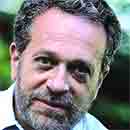
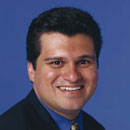
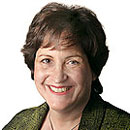
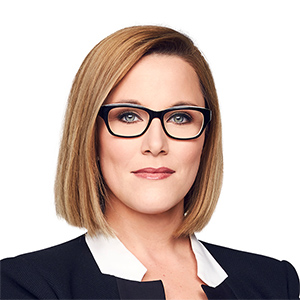
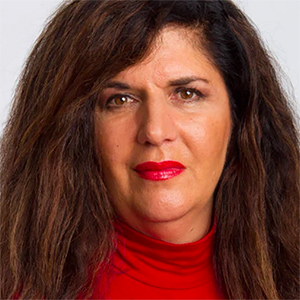

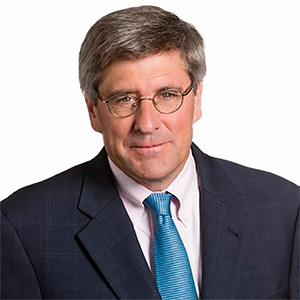
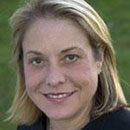

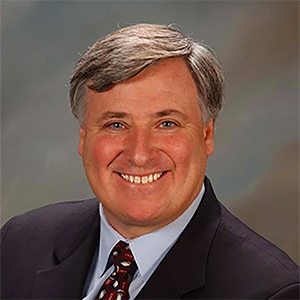

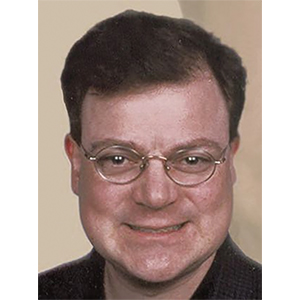


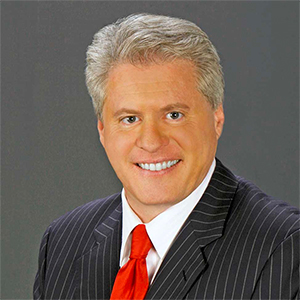
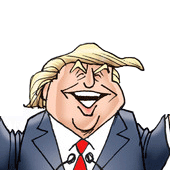
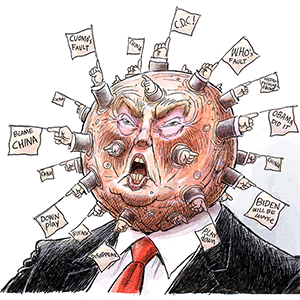
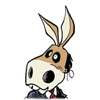

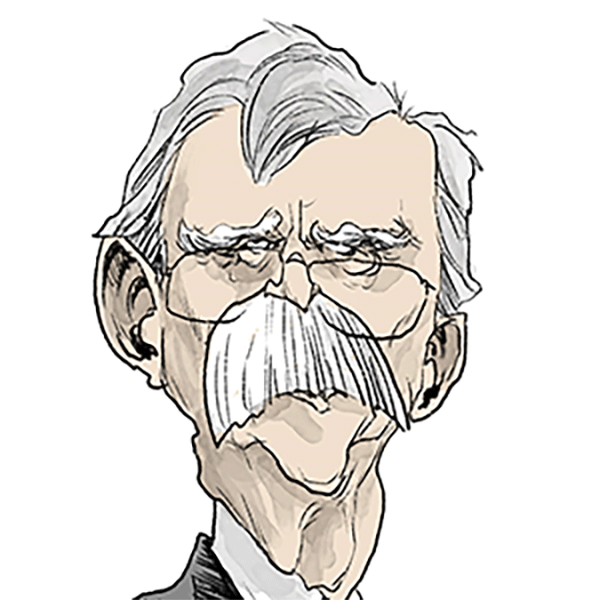
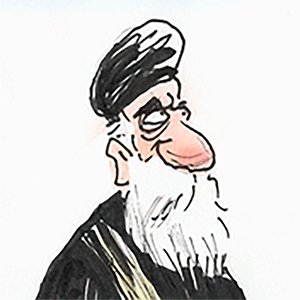
Comments